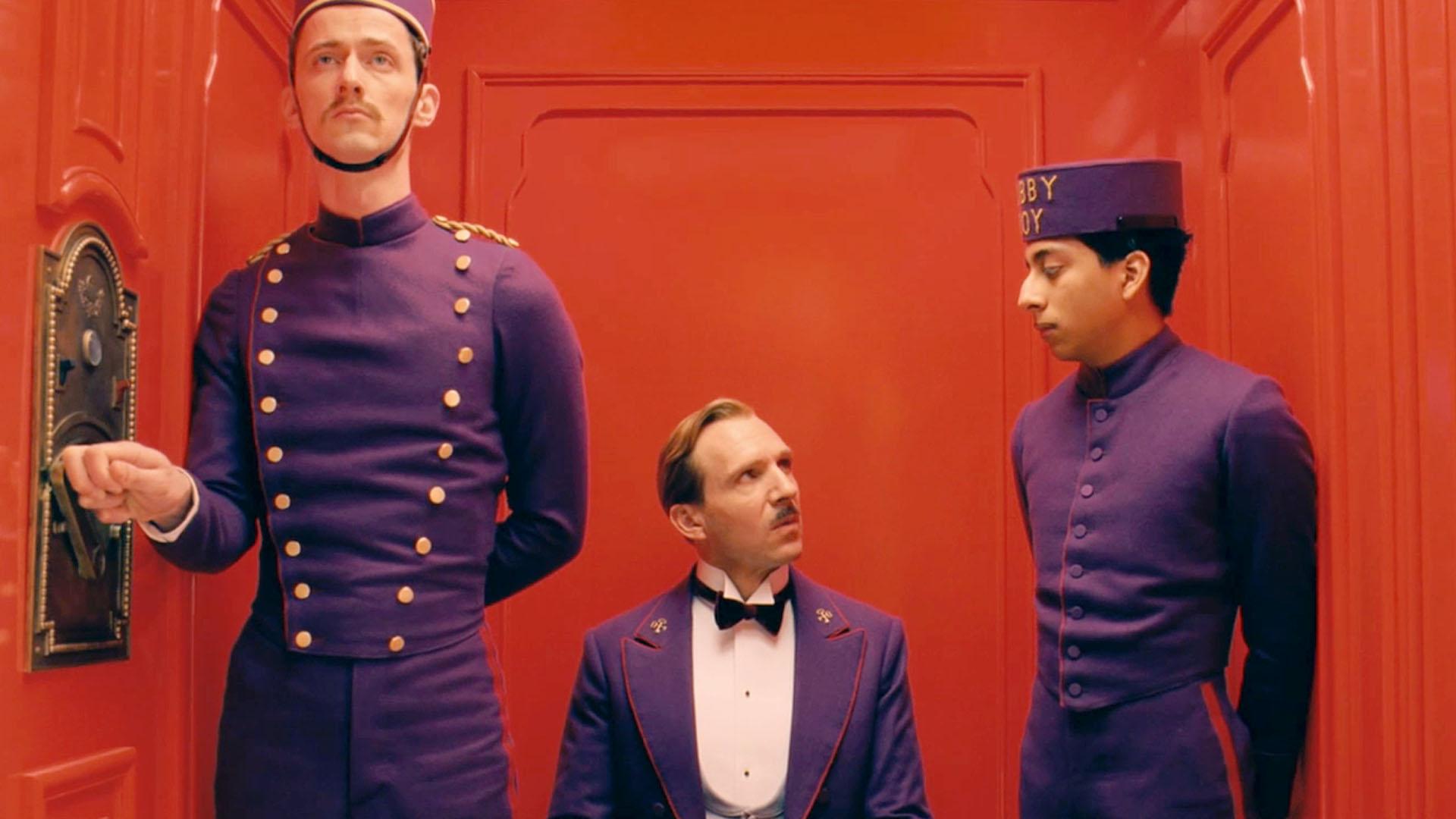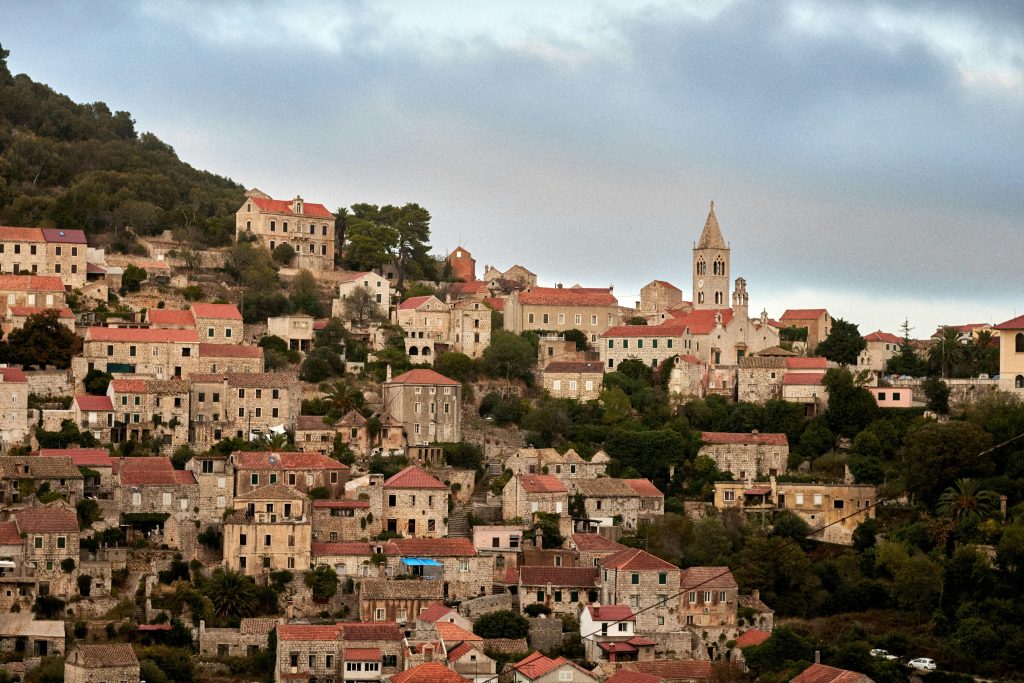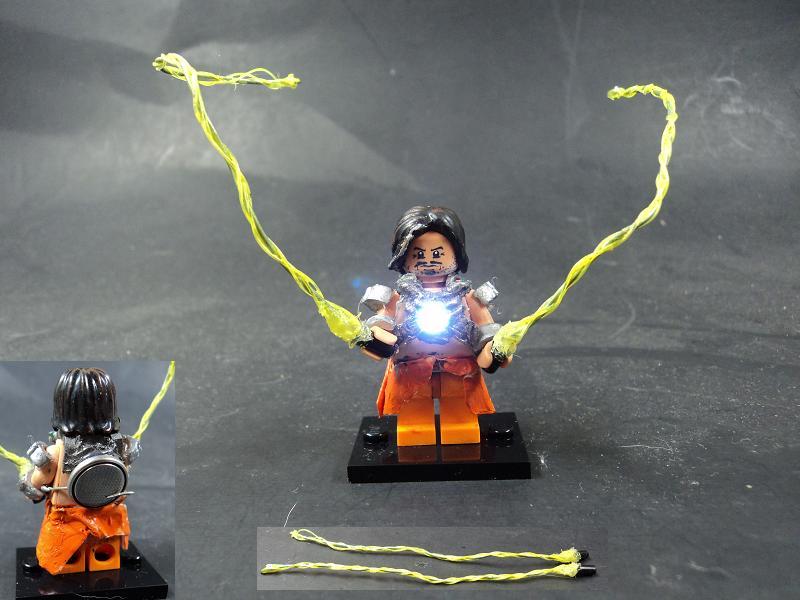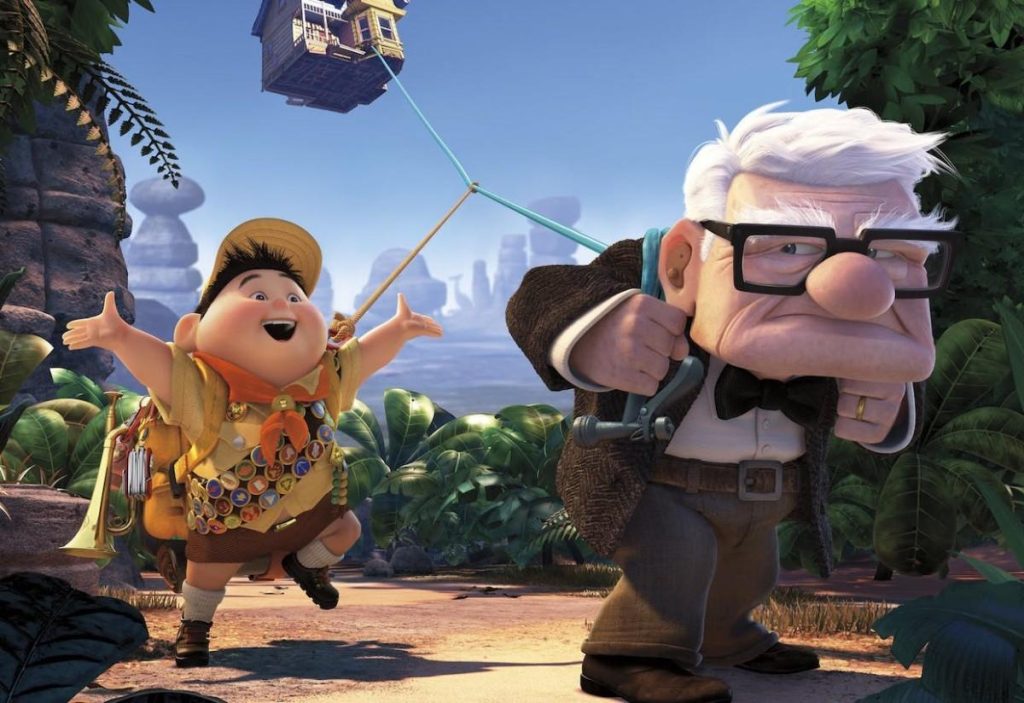In the whimsical yet meticulously crafted world of Wes Anderson‘s ”The Grand Budapest Hotel,” every frame is a tapestry woven with rich symbolism, inviting audiences to delve deeper into its vibrant narrative layers. This cinematic masterpiece, set against the backdrop of a fictional European alpine state, is not merely a visual delight but a profound exploration of themes such as nostalgia, the passage of time, and the dichotomy between chaos and order. Through an analytical lens, this article seeks to unravel the symbolic intricacies embedded in Anderson’s film, examining how elements like color palettes, architectural motifs, and character archetypes contribute to its overarching narrative. By dissecting these symbols, we aim to illuminate the subtle yet powerful messages that underpin this enchanting tale, offering a fresh perspective on a film that continues to captivate audiences and critics alike.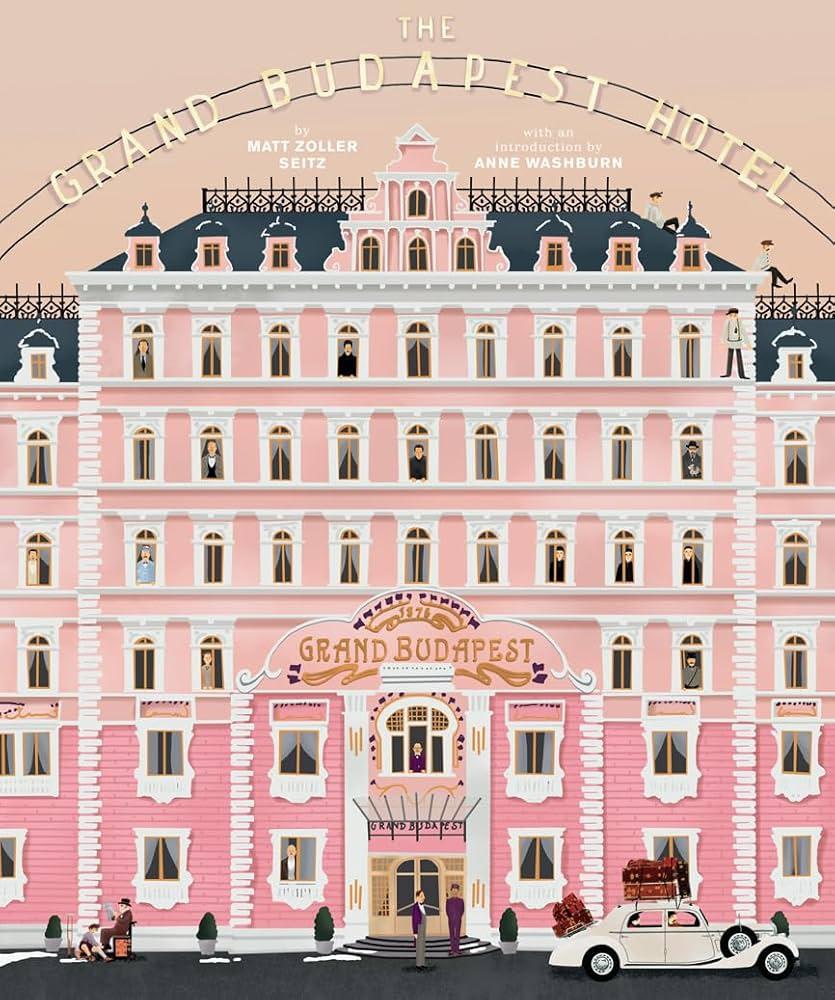
Exploring Visual Motifs and Their Narrative Significance
In Wes Anderson’s “The Grand Budapest Hotel,” visual motifs are meticulously woven into the fabric of the film, serving as more than just aesthetic choices. Color plays a pivotal role, with the pinks and purples of the hotel itself symbolizing a bygone era of opulence and nostalgia. These hues not only set the tone but also act as a narrative device, juxtaposing the vibrancy of the past with the muted tones of the war-torn present. The recurring use of symmetrical compositions underscores the theme of order amidst chaos, reflecting the protagonist’s relentless pursuit of decorum in a world unraveling around him.
Another key motif is keys and locks, which represent both access and secrecy. The concierge’s gold key, a symbol of prestige and trust, is contrasted with the clandestine nature of hidden compartments and secret passages. These elements create a visual narrative of trust and betrayal, reflecting the intricate web of relationships within the story. Additionally, the use of miniatures and dioramas not only enhances the film’s whimsical aesthetic but also reinforces the theme of storytelling, reminding viewers that the tale is a constructed reality, inviting them to explore the layers beneath the surface.
- Color: Represents nostalgia and contrast between past and present.
- Symmetry: Highlights order and chaos.
- Keys and Locks: Symbolize access, secrecy, and the dynamics of trust.
- Miniatures: Reinforce storytelling and constructed realities.
Decoding Color Schemes and Emotional Resonance
In “The Grand Budapest Hotel,” color schemes are meticulously crafted to evoke specific emotional responses and deepen the narrative’s complexity. Wes Anderson employs a vibrant palette, where each hue serves as a symbolic narrative device. The use of pastel pinks and purples is particularly noteworthy, representing nostalgia and a bygone era of elegance. These colors dominate the hotel’s façade and interiors, reflecting the whimsical yet melancholic world that Anderson creates. The delicate balance of these colors captures the hotel’s former grandeur, juxtaposed against the backdrop of impending turmoil.
Moreover, Anderson uses bold, contrasting colors to delineate characters and their emotional arcs. For instance, the deep reds and blacks often surround the antagonist, signifying danger and moral ambiguity. Meanwhile, gold and yellow tones are frequently associated with moments of warmth and camaraderie, particularly in scenes involving the camaraderie between the concierge, M. Gustave, and his protégé, Zero. This strategic use of color not only enriches the visual experience but also subtly influences the viewer’s perception of the story’s moral landscape. By decoding these schemes, one can uncover layers of meaning that underscore the film’s narrative intricacies.
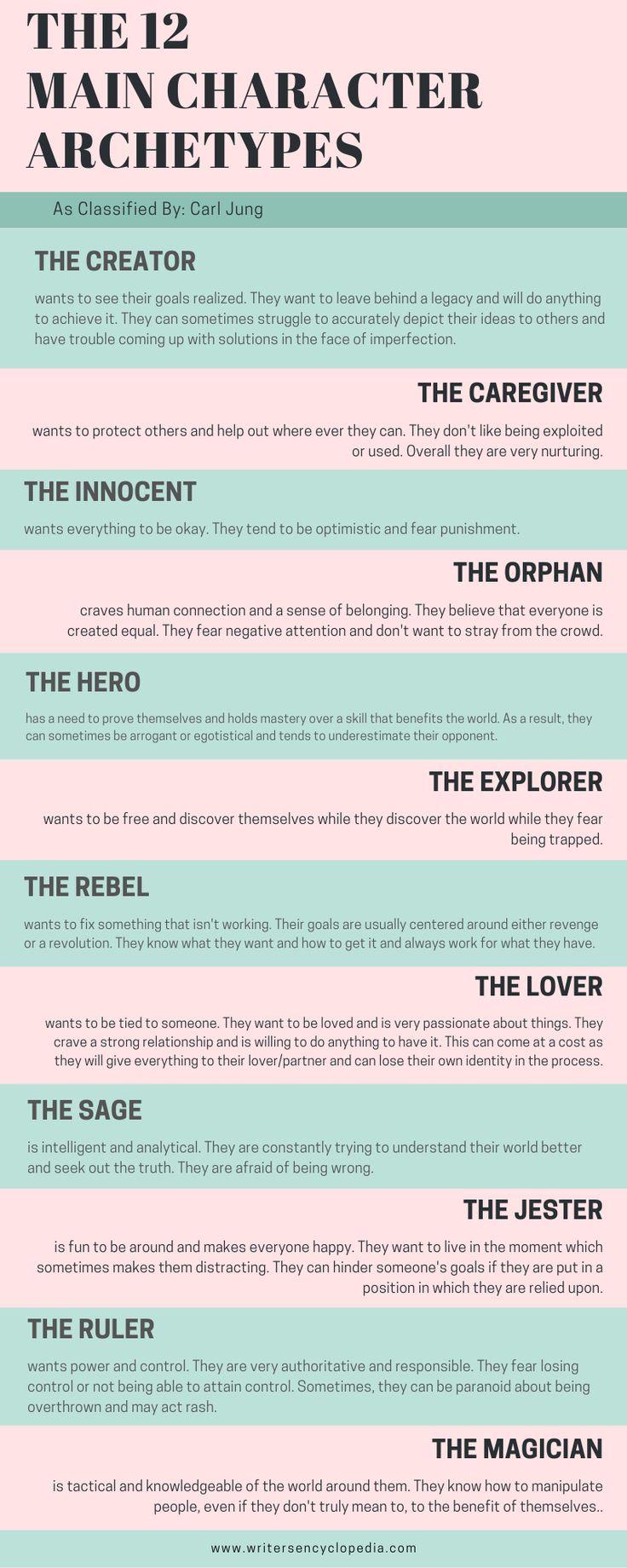
Unpacking Character Archetypes and Their Symbolic Roles
- Gustave H: At the heart of Wes Anderson’s “The Grand Budapest Hotel” is the enigmatic concierge, Gustave H., who epitomizes the Mentor Archetype. He is a figure of wisdom, guiding both his protégé, Zero, and the audience through the whimsical yet tumultuous world of Zubrowka. Gustave’s adherence to old-world elegance and decorum symbolizes a fading era, juxtaposing the chaotic modernity encroaching upon the hotel. His character represents the struggle between tradition and change, as he clings to principles of civility amidst societal upheaval.
- Zero Moustafa: Zero, the Lobby Boy turned hotel owner, embodies the Everyman Archetype. His journey from a refugee to the proprietor of the Grand Budapest is a testament to resilience and adaptability. As an everyman, Zero is the lens through which the audience experiences the film’s events, his transformation highlighting themes of identity and belonging. He symbolizes the potential for growth and self-discovery, reflecting the universal quest for purpose in an unpredictable world.
- Dmitri Desgoffe-und-Taxis: The menacing Dmitri serves as the Villain Archetype, representing chaos and greed. His relentless pursuit of Madame D.’s fortune and disregard for human life underscore the destructive nature of unchecked ambition. Dmitri’s character is a stark contrast to Gustave’s moral compass, embodying the darker aspects of human nature that threaten to unravel the delicate balance of the world Anderson creates.
Each character in “The Grand Budapest Hotel” is meticulously crafted to embody symbolic roles that resonate beyond their narrative function. The interplay between these archetypes not only enriches the film’s storytelling but also offers a reflection on broader societal themes, making Anderson’s work both a visual delight and a profound commentary.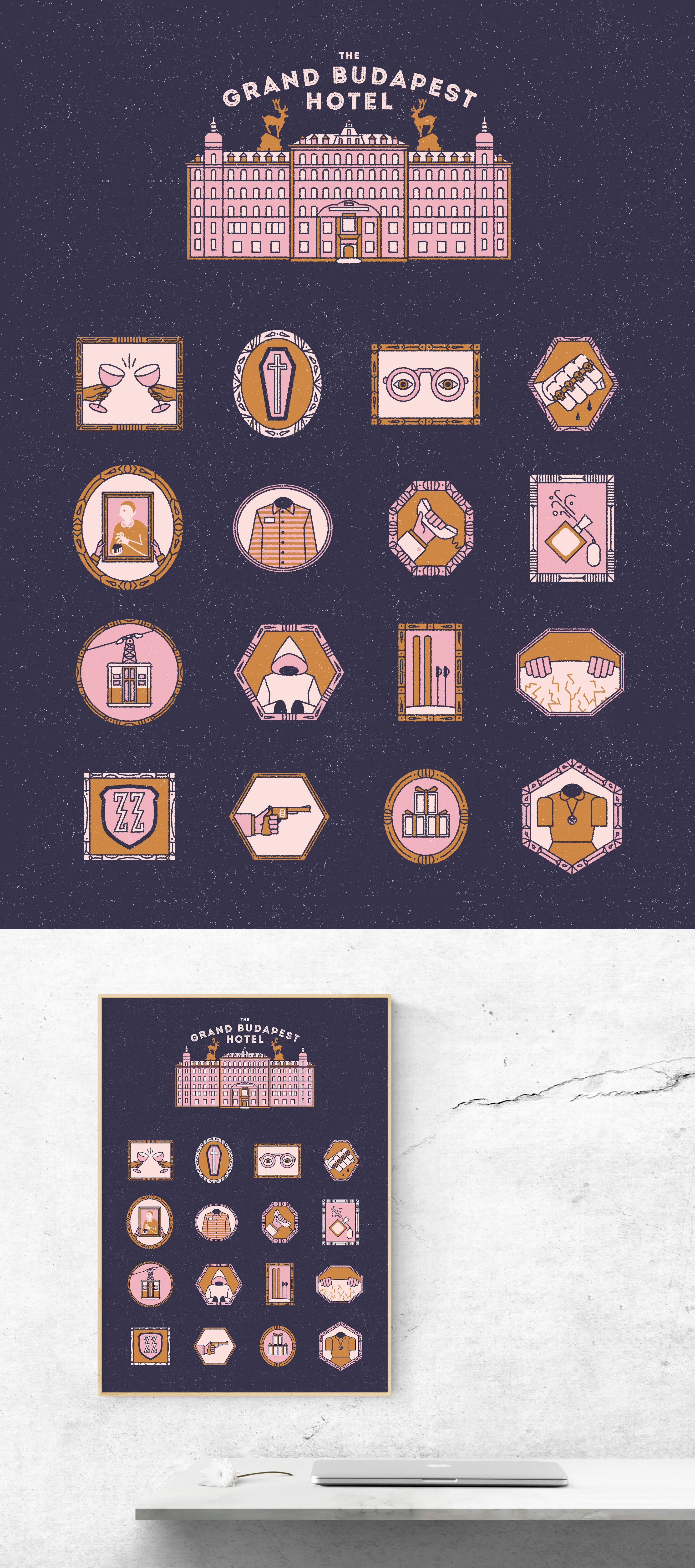
Analyzing the Intersection of Setting and Historical Context
Wes Anderson’s The Grand Budapest Hotel is a masterclass in visual storytelling, where the setting and historical context are not mere backdrops but integral elements that enhance the film’s symbolism. The fictional Republic of Zubrowka, with its majestic mountains and pastel-colored architecture, is meticulously crafted to evoke a sense of nostalgia for a bygone era. This setting is not just a physical space but a canvas that reflects the socio-political changes of 20th-century Europe. The hotel’s grandeur and eventual decline mirror the tumultuous history of Eastern Europe, illustrating the transition from opulence to desolation. Anderson’s attention to detail—from the Art Deco interiors to the period-accurate costumes—serves to immerse the audience in a world that is both whimsical and historically resonant.
- Symbolic Representation: The hotel’s architecture is a symbol of a lost world, representing the fragility of cultural and social structures in the face of war and political upheaval.
- Color Palette: The use of color in the film, particularly the dominant pinks and purples, symbolizes the blend of romance and melancholy that permeates the narrative.
- Historical Allegory: The fictional setting allows Anderson to explore themes of fascism, resistance, and nostalgia without the constraints of a specific historical narrative.
By intertwining setting with historical context, Anderson not only crafts a visually stunning film but also a poignant commentary on the impermanence of beauty and the relentless march of time. The setting of Zubrowka becomes a character in its own right, its evolution reflecting the broader themes of loss and memory that are central to the film’s narrative. Through this intricate blend, Anderson invites viewers to ponder the interplay between history and personal experience, making The Grand Budapest Hotel a rich tapestry of visual and thematic depth.

